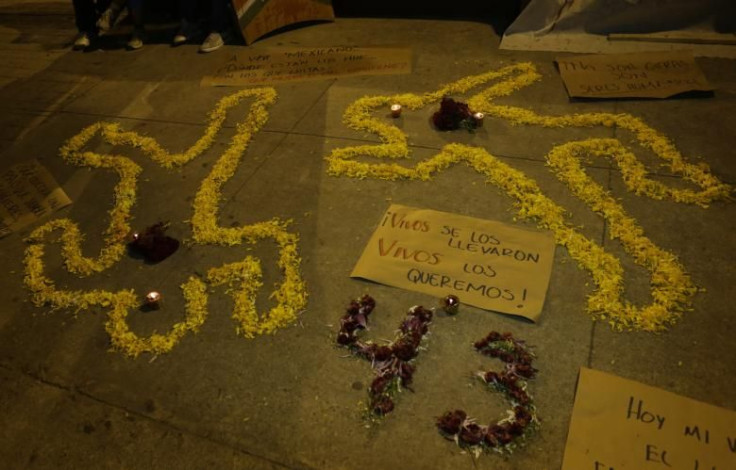
It was September 26 of 2014 when dozens of ‘normalistas’ (student teachers), took several buses to Iguala and after a violent encounter with the police, 43 of the students were allegedly taken to the police headquarters, being the last anyone heard of them. At the time, the government claimed the students where there to boycott a political event, but the students claim they were there to raise funds for their school. Regardless, the 43 went missing and the case remains unsolved.
Less than a month after the disappearance, Mexican officials announced several random mass graves had been found with approximately 38 bodies but at least 30 of the cadavers did not belong to any of the missing students. Yet due to the ridiculous mishandling of the case by Mexican officials, international help had to be brought in including forensic specialists from Argentina, the FBI and an independent body chosen by the Inter-American Commission on Human Rights (IACHR).
Now, a new investigation report surfaced and the Argentine Forensic Anthropology Team has qualified it as incomplete and inconclusive. The report studied a dump, where, according to Mexico authorities, the bodies of the 43 missing students were burned. “There is sufficient evidence, including physically observable, to affirm that there was a controlled fire event of great dimensions in the place called the Cocula dump,” said Ricardo Damian Torres a member of the fire-experts team.
At the time, Mexico’s General Attorney declared the students dead in a press conference, ignoring the IACHR report, which was backed up by WOLA. “The experts’ report makes clear that the government attempted to sell to the families, Mexican society, and the international community a version of the events that, far from being the truth, is not backed up by scientific evidence,” Maureen Meyer, Senior Mexico associate at WOLA, said in a statement.
Despite having found multiple fires in the area, the Argentine scientists explained they could not determine when the remains were put there, as the place was known as a common gang dump since years before the 2014 incident.
© 2024 Latin Times. All rights reserved. Do not reproduce without permission.
